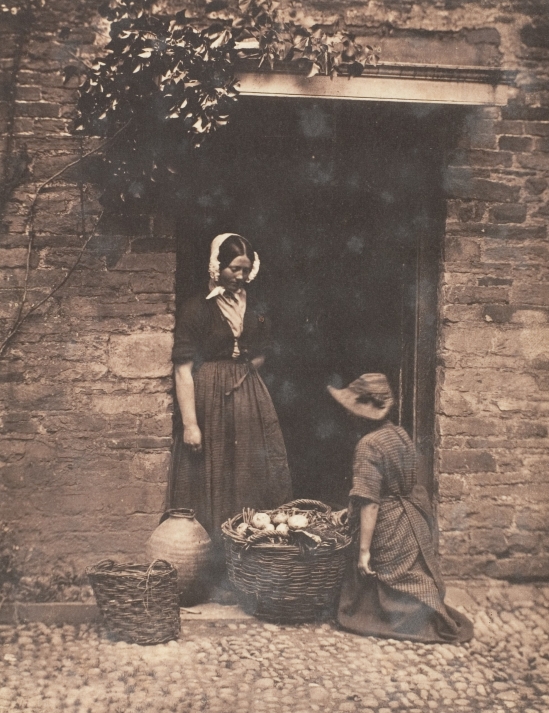John Dillwyn Llewelyn (1810 – 1882) was a botanist and pioneer photographer. His earliest daguerreotype is dated 1840. A few of his early photogenic drawings have survived, including some cliché verre, dated 1839. When the Royal Photographic Society was founded in 1853, Llewelyn was one of those who attended the foundation meeting at the Society of Arts in London, and was, for some years, a founder Council member.
The majority of his images were taken around his estate of Penllergare, near Swansea, and around the Welsh coast. There are also a number taken in Cornwall over several years, many in Bristol including some pioneer animal and bird images in Clifton Zoo, Yorkshire, Derbyshire and a few in Scotland. His circle of photographic friends included Philip Henry Delamotte, Robert Hunt, Hugh Welch Diamond and especially his distant relative Calvert Richard Jones.
His last images would appear to date from the end of the 1850s after which it is possible that his health prevented any further photographic activity.

John Dillwyn Llewelyn, Oakley Cottage, MET, 1853–56 via

Emma Charlotte Dillwyn Llewelyn’s Album, MET, 1853–56 via

John Dillwyn Llewelyn, Birthday Group, MET, 1856 via

John Dillwyn Llewelyn, Two Women, One Kneeling and One Standing, Looking into Basket Filled with Vegetables, MET, 1853–56 via

John Dillwyn Llewelyn, Gipsies, MET, 1853–56 via

John Dillwyn Llewelyn , Thereza and the dickies, early 1850s via

John Dillwyn Llewelyn, Emma, wife of John Dillwyn Llewelyn/ The National Library of Wales from Wales/Cymru, 1852 via




































